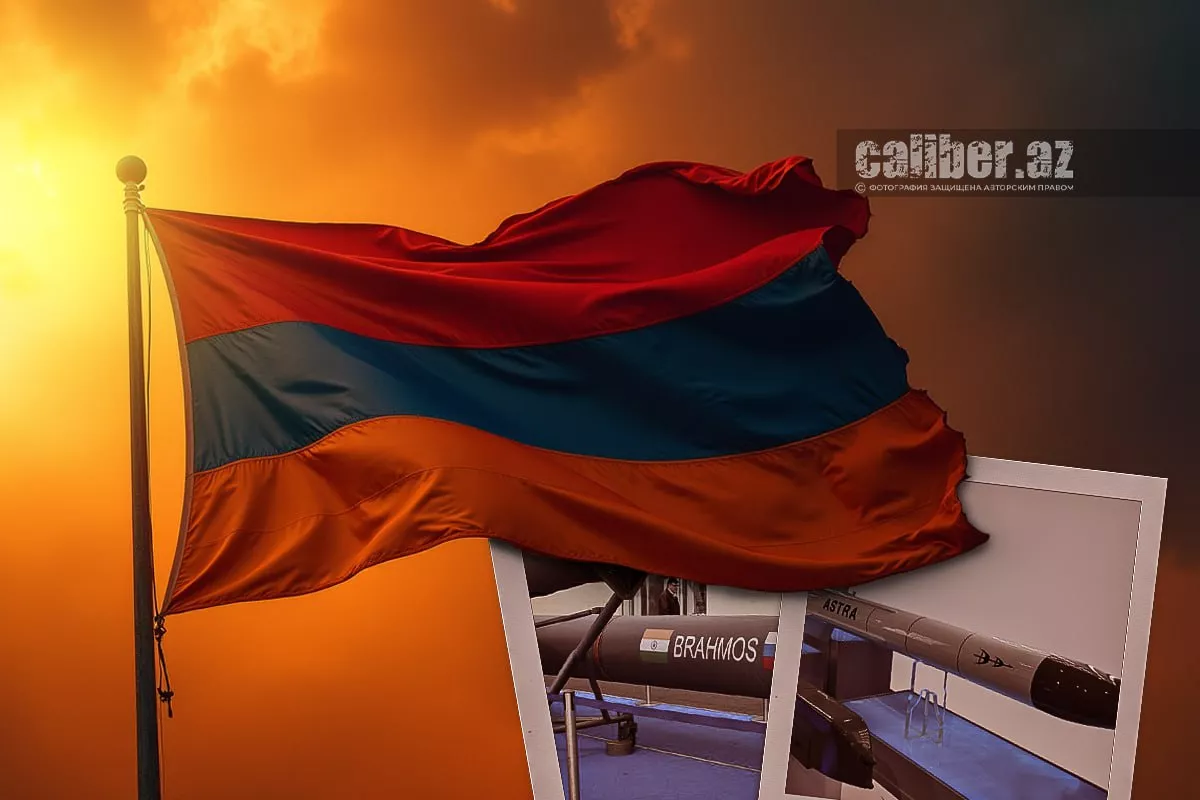Tejas disaster: sign of Indian defence industry’s failure Expert opinions on Caliber.Az
The crash of India’s light multirole fighter Hindustan Aeronautics Limited (HAL) Tejas and the death of the pilot at the Dubai Airshow 2025 seem to have ended Armenia’s ambitions in aviation. Drawing several conclusions from the incident, Yerevan has decided to suspend negotiations with India for the purchase of 12 Tejas fighters worth $1.2 billion.
Notably, the development of the Tejas began back in 1982. According to the plans, the new fighters were supposed to replace the MiG-21 in the Indian Air Force. However, to date, the Indian Air Force has received only 40 Tejas aircraft. Thus, it is safe to say that New Delhi has faced a major military fiasco.
So, what is wrong with the Indian fighter and, more broadly, with India’s entire defence industry? Why is it struggling so much? And what can be said about the quality of the Indian-made weapons that Armenia currently possesses? Foreign military experts provide answers to these questions for Caliber.Az.

According to Belarusian defence and military-industrial complex expert Alexander Alesin, the Tejas fighter, which India has been developing for many years, is a failed project because the country lacks experience in this field, and the aircraft itself is already quite outdated.
“All of India’s achievements in the defence industry are limited to assembling licensed versions of the Su-30MKI and T-72 and T-90 tanks. They themselves cannot produce anything of high quality. The national Indian tank project also failed. Indian tanks are characterised by excessive weight and poor mobility. They couldn’t even make an automatic rifle and had to return to the Kalashnikov,” he emphasised.
According to Alesin, India has only one truly successful military project – the BrahMos missile (PJ-10 BrahMos) based on the Russian Yakhont – while the Tejas is essentially a “patchwork.”
“They pulled together components from various Western models, mostly French, but they didn’t come together as a coherent whole. Now India plans to assemble the French Rafale, but what kind of assembly that will be is hard to say. So, the potential of Indian equipment is roughly as follows: largely problematic, but cheap. Consequently, its buyers are usually underdeveloped countries with limited financial resources,” Alesin concluded.

Russian military expert Alexey Khlopotov also expresses scepticism about India’s defence industry, and he considers the military-technical alliance between Armenia and India rather unusual.
“After effectively leaving the Collective Security Treaty Organization (CSTO) and breaking ties with Russia, Armenia is looking for alternative sources to replenish its arsenal. Two factors dominate: politics and money. On the one hand, Yerevan seeks suppliers not linked to Azerbaijan or Russia, and on the other, these suppliers must offer domestically produced weapons that are as inexpensive as possible. I think France, for example, could easily supply Armenia with Rafales or used Mirages, but Armenia simply doesn’t have the funds.
Cheap and fairly high-quality weapons can be bought from China, but China cooperates with both Russia and Azerbaijan. Previously, Yerevan purchased WM-80 multiple rocket launchers from the Chinese side, and it is now claimed that ‘cooperation between the ministries of defence of the two countries is developing successfully,’ yet we don’t actually see any arms purchases. For this reason, India, which has considerable industrial potential, is a world leader in metallurgy, chemistry, pharmaceuticals, and even IT and electronics, and can afford to have aircraft carriers. It is a space power with its own cosmodrome, satellites, and launch vehicles, but when it comes to conventional weapons development, it has significant problems. What exactly is wrong in reality is hard to say. One can blame bureaucracy, corruption, or mentality, but for some sectors everything works more or less fine, while in others nothing works at all,” the expert said.
According to him, since the 1980s, India has been unsuccessfully developing its national Arjun tank. During this time, they acquired licenses for the Soviet T-72 and later for the Russian T-90. To maintain national prestige and support the domestic industry, the Arjun was adopted into service, but only slightly over a hundred units were produced. By comparison, nearly 1,500 T-90s have been produced in India. Technically and in combat terms, the Arjun is a poor imitation of the early-series German Leopard 2.

“For example, the Turkish Altay also has ‘Leopard’ roots, but it is a fully modern tank, comparable to the latest versions of the Leopard. Moreover, its development period was much shorter. For some reason, the Indians got stuck in the 1980s. The same story applies to their Tejas fighter. Its roots are also from that era, and if you look closely, you’ll see it resembles the French Mirage. This is not surprising, as the French aerospace company Dassault was brought in as a consultant, and the engine was developed with French assistance,” the expert said.
He also noted that the first prototype of the Tejas flew in 2001, but to date only a few dozen serial aircraft have been produced: “The whole world could recently observe how they fly when this plane crashed at the Dubai Airshow, killing the pilot. And that’s basically the case with almost everything related to conventional weapons in India.”
In his view, Indian weapons are not valued on the global market and are a “bad-smelling substance,” with the paradox being that India purchases all its most modern weapons from developed countries.
“Tanks, aircraft, self-propelled guns… For its own air force and navy, India is forced to buy French Rafales, Russian Su and MiG fighters, American C-17 transport planes, and Poseidon patrol aircraft. And yet, for some reason, Yerevan was interested in acquiring India’s unfinished fighters, literally half-baked. I recall that at its best, Armenia was able to purchase Su-30SMs from Russia. Where did it suddenly get an ‘extra’ $1.2 billion for Tejas? I would dare suggest that all the talk about this contract was nothing more than a bluff—simply to annoy Russia. In reality, the Armenians were never going to buy this ‘non-flying fertiliser.’ The crash then became a convenient excuse to ‘save face’ and withdraw from negotiations that, sooner or later, had to be concluded anyway,” Khlopotov noted.








